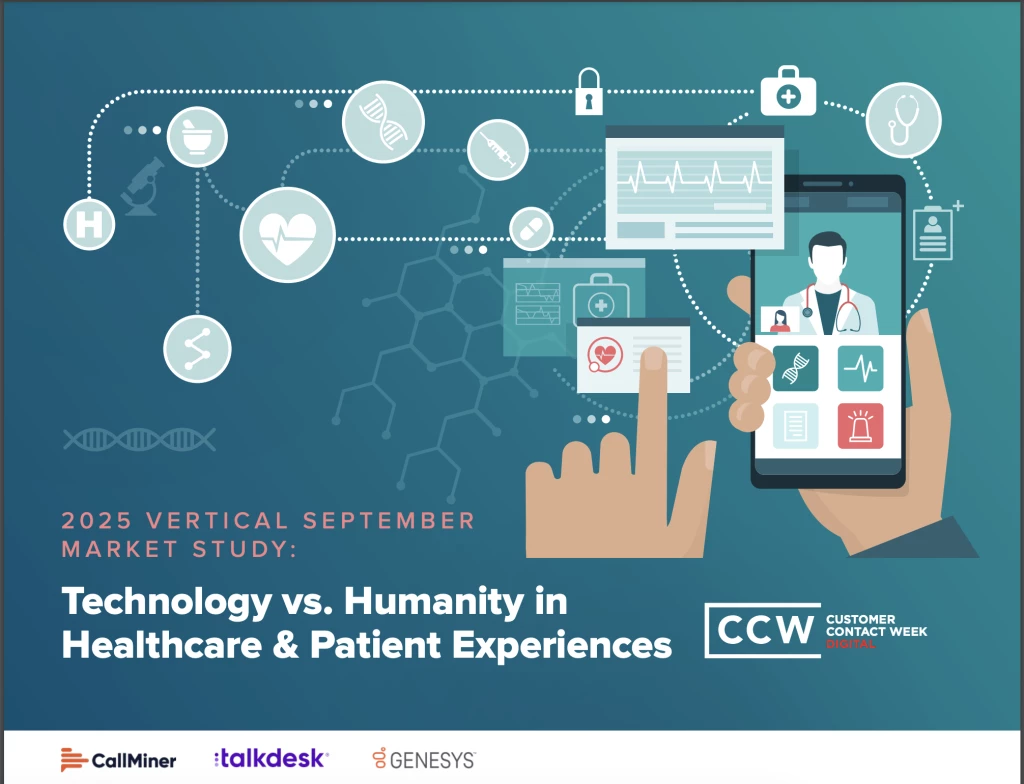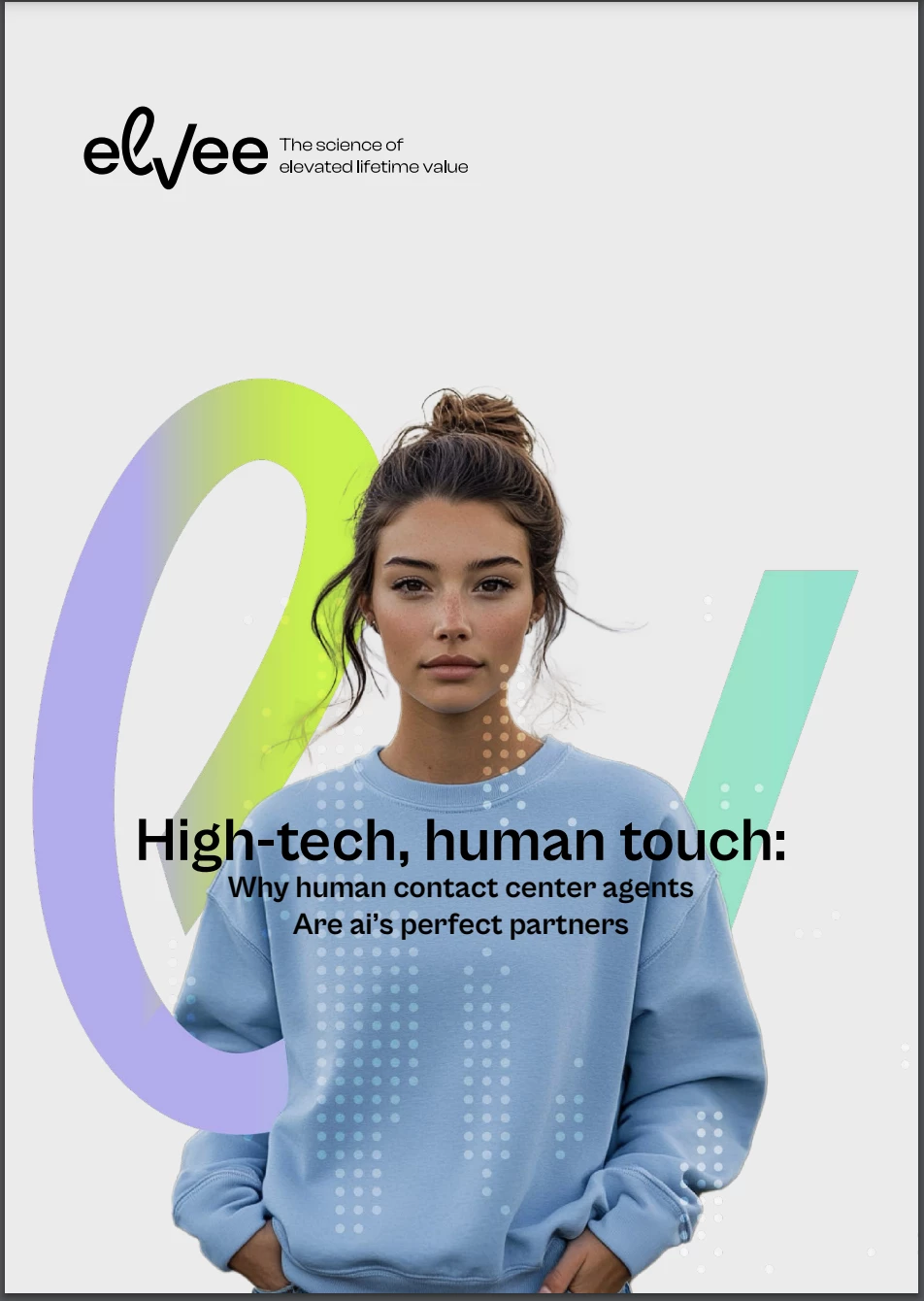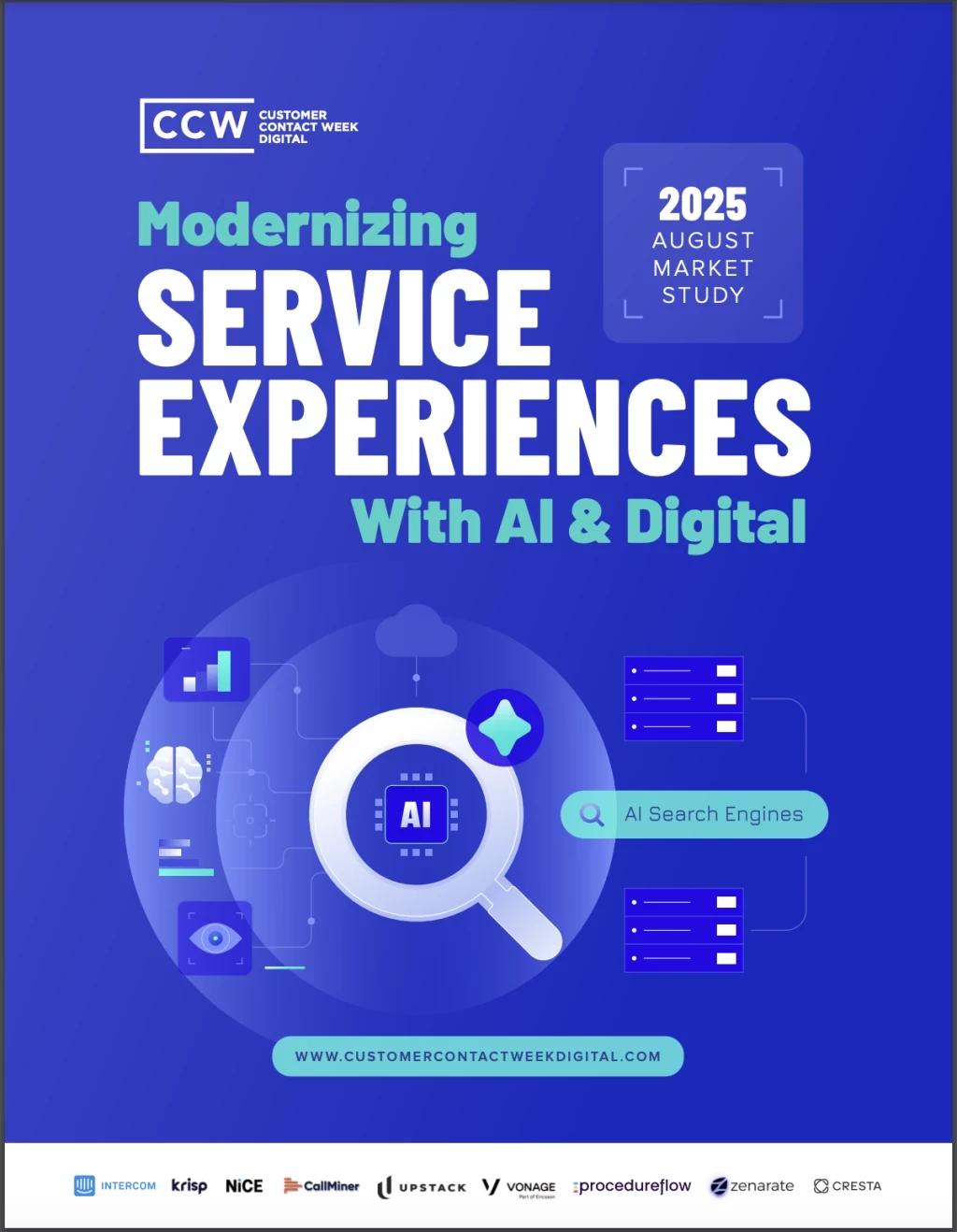Customer Service Has Always Been A Gendered Industry. AI Technology Has A Chance To Level The CX Playing Field.
The role of women in society once made them the perfect customer service agent in the workplace. But as time progresses, reliance on women to provide customer solutions is getting too technical.
Add bookmark
Women are some of the most creative, flexible, intuitive and dependable people in our workforce. Many of us carry out a multitude of daily roles: coworker, mother, friend, sister, aunt, partner. We might even perform all of these roles in the span of just 24 hours, instinctually slipping in and out of each position at will.
The roles women juggle don’t stop at just the interpersonal. Each aforementioned title comes with its own separate, actionable job: peacemaker, solutions coordinator, stylist, chef, secretary, events manager…the list goes on, and yet not one of these skills can be seen as listed on a resume or billable via invoice.
It’s all a part of the invisible labor women all learn to take on as archetype homemakers well before they are old enough to comprehend the impact this level of multitasking will have on them as adults. As children girls learn to play nice, be polite, avoid confrontation, overachieve, and act demurely. Learning–and accepting–to juggle it all is part of an ideology that has plagued the female gender identity for well over 200 years. Girls aim to get good grades in school, be “a pleasure to have in class,” and serve as a kind and generous model for their peers. Those who fail to multitask, exhibit compassion and are unwilling to sacrifice for the needs of others run the risk of being labeled as effeminate.
History Shaped Our Gender Expectations. Our Workforce Solidified Them.
As adults, those same girls who became expert multitaskers are now the office point person, the head of the party planning committee, and everyone's confidante– and all for free. The status quo of women–particularly women of color–as matronly community builders dictates that girls make great receptionists, good phone bankers, pleasant customer service reps and the just the “right” kinds of people to bring a gentle touch to a tense customer interaction.
In the pre-web age of the traditional office secretary or phone operator, women were primed to take up this task in tandem with homemaking and child rearing. As we sit now in the fourth wave of feminism, society’s view of femininity in the workforce is being both expanded and reconfigured both in person and through technology. Women are doctors, athletes, politicians, scientists, digital artists, and company founders. Despite these accomplishments, companies continue to view stereotypically feminine professions as the blueprint upon which they are building up a legacy of “good” customer service.
At a time when society is advocating for less gender bias, more equity in the office, flexible and empathetic working conditions, and use of technology to support us through sustained remote work, why does it still feel like customer service is a “woman’s job?”
Well, frankly, because it is.
Nearly 70% of employees in U.S.-based call centers identify as female to date, and at the same time, 90% of contact centers are deploying digital technologies. Today, millions of customers can self-service to such an extent that, if desired, they never even have to interact with a customer service agent–male or female. Whether it’s asking Alexa, pressing 2 on an automated phone system, or instant messaging a chatbot on a website, customers have seemingly endless servicing options compared to the singular phone agent of decades past.
These technologies can know your name, your buying habits, and anticipate your product concerns all before you've even made mention of an issue. Not only can they do all that, but they’ll do it with a voice, a name, a face and a demeanor that might even remind you of your own mother.
CX Technology Is Smarter Than Ever Before. It Got There By Exploiting Emotional Intelligence.
The idea of feminized customer service technology invites us to consider a common issue. Society may treat mothers and women like inexhaustible robots designed to carry out very specific roles and functions, but, at the end of the day, they are just people. Women’s ability to persevere with, through and past high burnout rates is part of what makes them so good at their “jobs.”
For example, mom is the first person we run to when we get our first scraped knee, when we get excluded from that 5th grade birthday party, when we experience our first breakup, and when we get that new job. If it’s not mom who gets that call, it’s our best friend, our girlfriend, or our sister.
Women are expert empathizers who know how to anticipate needs. They instinctually exhibit compassion, and are often able to suggest appropriate solutions to whatever problems one might face. They are able to do so tactfully, keeping in mind whatever social, situational, or emotional nuances might come along with a given problem. In short, women are coincidentally preconditioned to be everything wanted in an ideal customer service agent. Technology pantomiming human behavior emulates the warm, safe, kind feeling one might feel when confiding in a mother figure. It would be customer-centric, economically sound and business savvy of companies to ensure that they offer communication methods that encapsulate those desirable qualities. Spending additional funds on hiring efforts and call center empathy coaching becomes a moot point when empathy can just be programmed instead.
As related technologies appeared and improved from the mid-2000s to 2010s, the intentional feminization of CX technology was not of significant concern–the main aim was simply to make sure the technology worked, and worked well enough. 2021 research in Psychology and Marketing Magazine describes the choice to feminize customer service technology as the following:
“Warmth and experience (but not competence) are seen as fundamental qualities to be a full human but are lacking in machines, we argue that people prefer female bots because they are perceived as more human than male bots. Using implicit, subtle, and blatant scales of humanness, our results consistently show that women, female bots, and female chatbots are perceived as more human than their male counterparts when compared with non-human entities (animals and machines)...
We found that the female chatbot is preferred over the male chatbot because it is perceived as more human and more likely to consider our unique needs. These results highlight the ethical quandary faced by AI designers and policymakers: Women are said to be transformed into objects in AI, but injecting women's humanity into AI objects makes these objects seem more human and acceptable.”
With hard-wired, robotic CX digital technologies as a new concept in the early 2000s, introducing the familiar human presence of a comforting female figure created a sense of trusst and reliablity in computerized solutions. But as time progressed, customers became wary of its impact.
Customers and Companies Warmed Up To AI, But Are Ready To Give It The Cold Shoulder.
While woman-as-AI provided the interpersonal, human touch that CX technology first missed, the concept is quickly facing some serious pitfalls in 2022.
Nearly two decades ago, research on digital voice and gender concluded that female-sounding voices were found to be more helpful and trustworthy, while male voices were more authoritative. But now, automation and AI are the standard–not the exception. Companies, customers and even technology itself are cognizant of gendered stereotypes that have solidified themselves in the customer service space as a result of the digitization of CX.
Customers want an experience that affirms their lived reality and personal identity. AI is becoming increasingly genderless, and brands are striving to create more authentic consumer communities.
The regression from embracing AI CX solutions to being weary of them is palpable: only 15% of consumers trust chatbots to solve their problems, and two-thirds of consumers do not believe agents demonstrate sufficient knowledge or concern during interactions.
While it took decades of machine learning to create today’s contact center technology, it takes an experienced programmer significantly less time to program communication products that are useful to today’s consumer.
In the omnichannel, customer centric contact center, companies aim is to invest in the customer experience in order to anticipate and fulfill customer needs. Even so, 90% of brands are facing shortcomings in their customer intelligence efforts, and just 54% businesses feel that AI is living up to its former hype of being a cutting edge CX offering.
There’s Still Time For Tech To Change Course, But It’s Going To Take A Call Center Cultural Shift
The regression from embracing AI CX solutions to being weary of them is palpable: only 15% of consumers trust chatbots to solve their problems, and two-thirds of consumers do not believe agents demonstrate sufficient knowledge or concern during interactions.
While it took decades of machine learning to create today’s contact center technology, it takes an experienced programmer significantly less time to program communication products that are useful to today’s consumer.
In the omnichannel, customer centric contact center, companies aim is to invest in the customer experience in order to anticipate and fulfill customer needs. Even so, 90% of brands are facing shortcomings in their customer intelligence efforts, and just 54% businesses feel that AI is living up to its former hype of being a cutting edge CX offering.
Sixty-six percent of contact center leaders are allocating resources on leveraging AI to reduce the time agents spend on minute, mundane tasks and improve customer self-service options.
But in the process, they have bulldozed over the need for customization and empathy beyond the heteronormative. While a focus on lessening wait times and increasing self-service options is helpful to customer solutions, it’s hurtful to the necessary human connection and emotional investment that it takes to earn customers’ trust. Technology can seek to model human behavior, but it cannot standardize or simplify it through science and mathematics.
Our society is changing–companies must move forward in accordance to meet customers where they are at, without an antiquated reliance on the feminine as the baseline.
Companies seeking longevity must be able to hold a mirror to their staff and see a reflection of their customers. Hiring a diverse workforce is one of the surest ways to know that call centers and related technologies will take into consideration the inherent humanity of the customer experience. CX leaders should take stock of what employees are responsible for certain tasks, who may be doing invisible labor, and whose reality is being negated by daily operations. Not only will promoting equity improve company culture and increase employee satisfaction and retention, but it will also help in giving agents and programmed technologies insight as to what customers may be feeling. Alexa, Siri, and the female-presenting chatbot will not yield the results companies want to see. Organizations must look internally to regularly assess, amend, and build a company culture that reflects the community they are seeking to serve.
Main image via @magisternihil on Twitter.
































